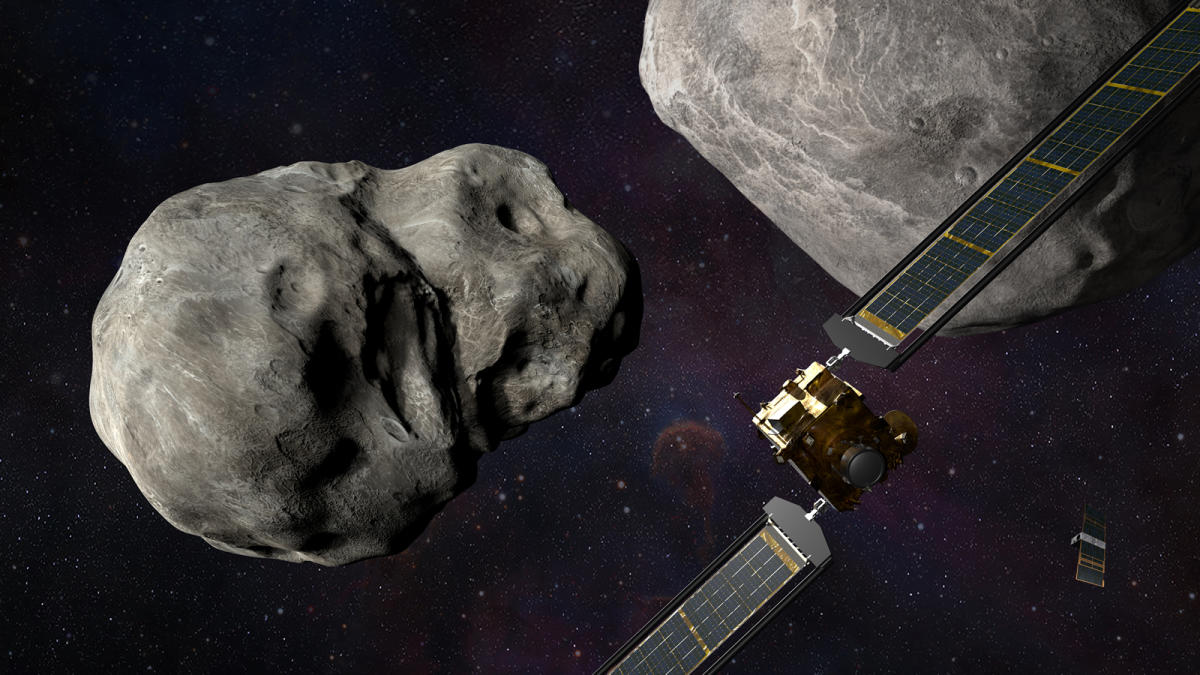The DART mission, which NASA tested to change its orbit by impacting an asteroid, is approaching its target Dimorphos after nearly nine months of flight since its launch last November. NASA announced earlier that the exact time of impact will be at 7:14pm ET on September 26th, which is our September 27th at 7:00am, and will be livestreamed about an hour before impact.
The DART mission is testing one of the methods of “Earth defense”. If an asteroid or comet that has a high probability of reaching the earth can be found very early (a few years ago), its orbit can be slightly changed by impact, Let it eventually avoid Earth. The target of the DART impact is a mini-moon Dimorphos (also nicknamed Didymoon) orbiting an asteroid called Didymos. This small moon is about 160 meters in diameter. Neither it nor Didymos has the risk of hitting the earth, but just happens to be suitable for testing location only.
DART expects that within the next few days, its navigation camera DRACO should be able to catch Didymos, and it will release a tiny cubesat called LICIACube about 10 days before impact. LICIACube will continue to accompany the DART in the next, but gradually increase the distance to photograph the whole process of the impact from a slightly farther perspective. DART will activate its autopilot system four hours before impact (commands from Earth would be too late due to the speed of light delay) and make final orbit corrections four minutes before impact.
If all goes according to plan, Dimorphos’ orbital period around Didymos will be reduced by about 10 minutes from the current 12 hours. The European Space Agency also plans to launch a mission called HERA in 2024, which will arrive at the Didymos system in 2027 to make more precise measurements and observe whether the impacted Dimorphos system happened five years ago. what changed.
